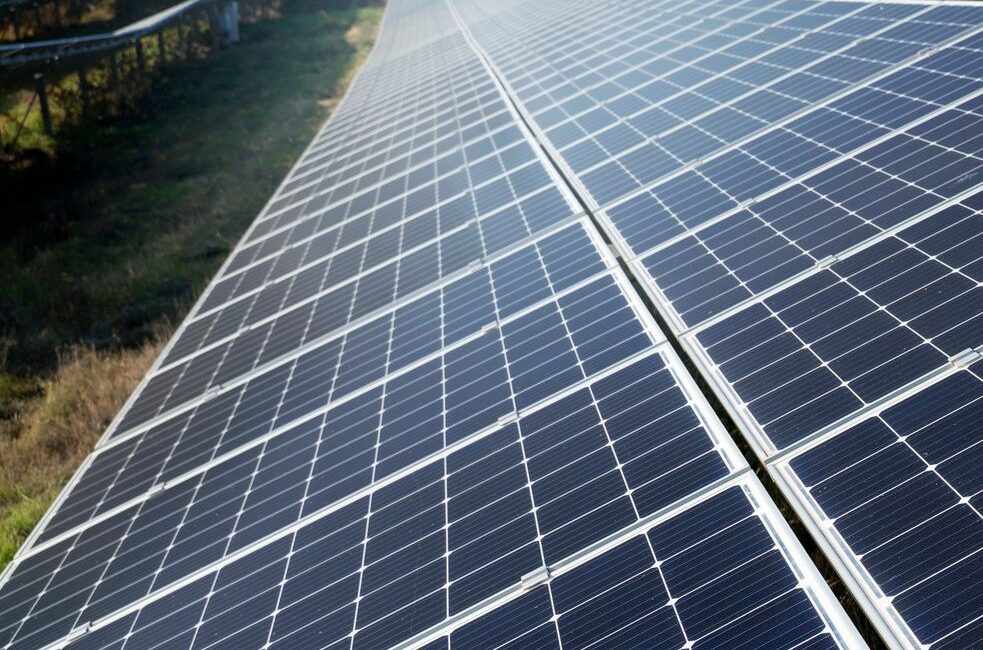Floating solar systems utilize the surface area of water bodies to host arrays of solar panels. These panels are specifically designed to be buoyant and are mounted on floating structures that keep them afloat. The floating structures can be anchored to the bottom of the water body or connected in a way that allows them to move with the water’s surface.
Planning
Research
Process
Happen
Floating solar systems offer several advantages. Firstly, they make efficient use of water bodies, which are often underutilized spaces. By utilizing the surface area of lakes or reservoirs, floating solar helps maximize land resources for other purposes. Additionally, the proximity of water can help with cooling the solar panels, leading to increased energy production and improved overall efficiency.
The installation process for floating solar systems involves carefully positioning the floating structures on the water body and securing them in place. Cables are laid to connect the solar panels to inverters and transformers located onshore or on floating platforms. These components convert the direct current (DC) electricity generated by the panels into alternating current (AC) electricity, making it suitable for use or transmission.
Floating solar offers various benefits beyond energy generation. The presence of solar panels on water bodies can help reduce evaporation and limit algae growth by shading the water’s surface. Additionally, floating solar can have positive ecological impacts by creating new habitats for aquatic species, reducing water contamination by limiting direct sunlight exposure, and supporting biodiversity conservation efforts.
Floating solar systems are suitable for a range of applications, including utility-scale projects, off-grid electrification in remote areas, water treatment facilities, and industrial or commercial installations near water bodies. They offer a renewable energy solution that integrates well with existing infrastructure and maximizes the use of available resources.
In summary, floating solar systems harness the power of the sun while making efficient use of water bodies. By combining renewable energy generation with innovative use of water surfaces, floating solar contributes to the expansion of clean energy capacity and helps drive the transition to a more sustainable future.


